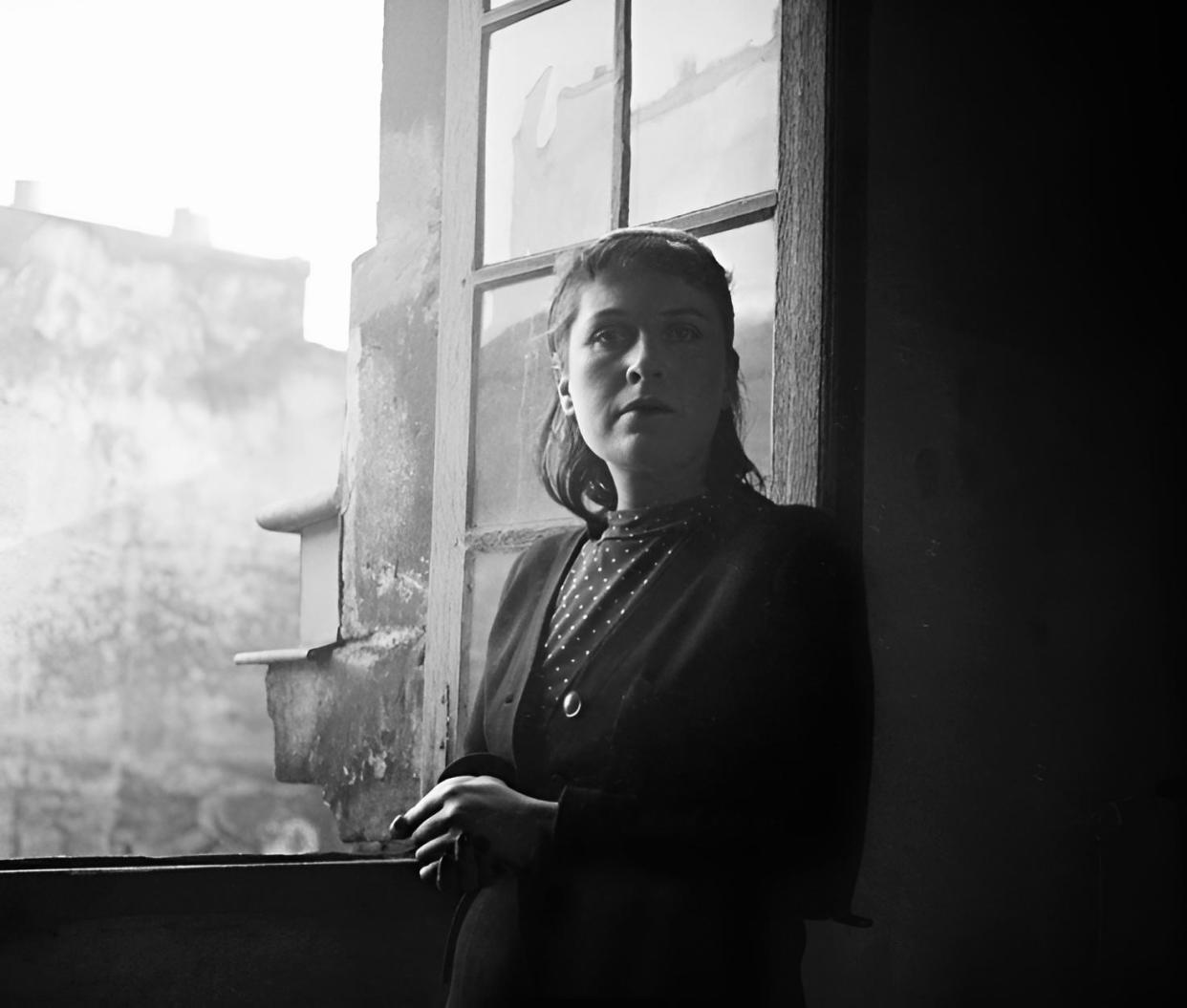Rare photographs by Dora Maar cast Picasso’s tormented muse in a new light

Dora Maar is renowned as Pablo Picasso’s “weeping woman”, the anguished lover who inspired him to repeatedly portray her in tears. Now a London gallery is seeking to re-establish her as a pioneering surrealist artist in her own right, with an exhibition showcasing photographs recently discovered in her estate.
The exhibition, which opens at the Amar Gallery in London on 16 June, will include rare surrealist photograms and intimate photographs dating from her time with Picasso. These include two extraordinary portraits of him from the 1930s and one charting the creation of his anti-fascist masterpiece, Guernica, in his studio surrounded by paint pots. The works were bought at auction from Maar’s estate two years ago and have never been exhibited in a public gallery before.
Paris-born Maar was a respected experimental photographer whose work was about to appear in the 1936 International Surrealist Exhibition in London alongside Salvador Dalí and Man Ray when the French surrealist poet Paul Éluard introduced her to Picasso. In an encounter at the Cafe des Deux Magots in Paris, documented by art critic Jean-Paul Crespelle, 54-year-old Picasso noticed the 28-year-old Maar at a nearby table, repeatedly driving a penknife between her fingers into the wood. “Sometimes she missed and a drop of blood appeared between the roses embroidered on her black gloves,” Crespelle wrote.
This “strange game” of the masochistic young woman with the “serious face” and “pale blue eyes” intrigued the artist, an infamous womaniser already in a seven-year extramarital relationship with one of his muses, Marie-Thérèse Walter.
Later, after he and Maar had embarked on their nine-year affair, Picasso would ask Maar to give him the gloves so that he could “lock them up in the showcase he kept for his mementoes”, Crespelle wrote.
“When Dora met Picasso, she was already a gifted artist and her surrealist photographs were considered revolutionary,” said Amar Singh, curator of the exhibition. “But Picasso was extremely controlling and psychologically abusive, and she was discouraged by Picasso to continue with her photography.”
Unlike Picasso, Maar was a leftwing political activist when they met. In 1934, she was one the few women who had signed “Appel à la lutte”, a tract calling on French people to fight fascism, and in 1935, she had joined the anti-fascist Contre-Attaque union of revolutionary intellectuals alongside the surrealist André Breton. “She influenced Picasso to paint Guernica – he had never entered political painting before,” said Singh.
“I don’t think Guernica would have existed without Dora Maar. Yet she’s been completely eradicated out of that narrative.”
During the Depression, Maar captured blind street peddlers, shopworkers and street children in evocative black-and-white photographs. She taught Picasso some of her photographic techniques and encouraged his political awareness. When Guernica, a town in Picasso’s native Spain, was bombed in 1937 by fascists and anti-communist nationalists, Picasso expressed his “abhorrence” of war and its “ocean of pain and death” by painting in monochrome.
“Maar’s practice of photography influenced the art of Picasso – she had a great influence on his work,” said Antoine Romand, a Dora Maar expert. “She contested him. She pushed him to do something new and to be more creative politically.”
One of the photos in the exhibition shows Maar was given exclusive access to Picasso’s studio to photograph the progress of his painting of Guernica. She even painted some of the dying horse in the painting, at Picasso’s request: despite her success as a photographer, he thought she should exchange her camera for a paintbrush, declaring that “inside every photographer is a painter trying to get out”. By 1940, her passport listed her profession as “photographer-painter”.
“While he’s discouraging her away from surrealist photography, she’s encouraging him and pushing his artistic boundaries in a way which completely reshaped the history of art,” said Singh.
Picasso painted Maar more than 60 times, usually in tears. In 1943, three years before he ended the relationship, he met his next mistress, Françoise Gilot. “He psychologically traumatised Dora and she eventually had a nervous breakdown,” said Singh. After being taken to a psychiatric hospital and receiving electric shock therapy, Maar turned to a life of religious seclusion and ceased photography.
“She said ‘after Picasso, there can only be God’. She totally abandoned her practice of photography,” said Romand.
She died in 1997 at the age of 89. Her photographs of Picasso were found under her bed in an apartment filled with his paintings of her. “She would wake every morning looking at his work, and was never able to love again,” said Singh. “Their relationship decimated her.”
Interest in Maar’s work has reignited over the past decade and her surrealist photographs can now be found in the permanent collections of modern art museums all over the world, including the Tate, which held a retrospective of her work in 2019. Her rare surrealist photographs now sell for $200,000 (£158,000), but some are still priced at about $6,000.
Singh thinks that, like many female artists of the past, Maar is still overlooked. “One of the unfortunate archetypes in art history is: there will be a singular show – then the wider machine recalibrates to champion the men.”

 Yahoo News
Yahoo News 
